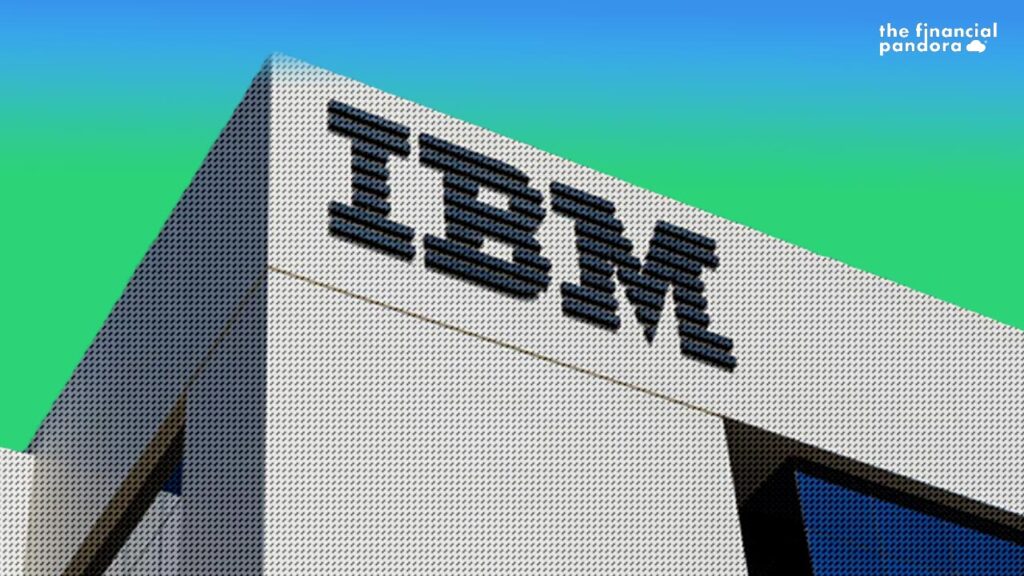The early 1900s were an important time for the world as that was the time we really began to see technological innovation. The year 1911 saw a merger of three companies that had existed since the late 1800s: the Computing Scale Company, the Tabulating Machine Company, and the Time Recording Company.
Together, they formed a small company known as CTR – Computing Tabulating Recording Company. This company focused on products such as accounting and calculating machines, time recorders for businesses and mechanical punch card systems, regular office products. At the time, the company had a total of 1300 employees.
All of that changed in 1924. CTR was taken over by renowned American industrialist Thomas Watson and renamed it International Business Machines, or IBM as we know it today. His approach was to focus on customer needs rather than existing products that were selling. To facilitate this, he commenced an aggressive research and development program. He also ensured heavy investment into the company’s sales force.
Over the next decade, IBM grew into a household name. In 1928, the company was credited for the first public address system for schools. They also invented the first calculator that could directly subtract. In 1933, they began to produce electric typewriters. Two years later, IBM was assigned with the monumental task of data management machines for the new Social Security program. These, amongst other achievements proved that IBM was truly a force to be reckoned with.
Under Watson’s command, IBM continued to invest in new technology and inventory in the coming years. This was extremely baffling as it happened during the peak years of the Great Depression. A very risky decision which he was criticised for. However, Watson paid no heed and continued to have faith in the company’s abilities to service their customers even during tough times. This risk was later on rewarded as IBM won major contracts for data processing equipment from the Social Security Administration and other Federal agencies in the country during the time of the new deal. The war-torn conditions resulted in a rise in need for IBM products and services well into the 1940s.
In 1943, IBM developed what wouldbe the first device to be recognised as a completely electronic computing machine. This further led to innovation of the 1944 Automatic Sequence Controlled Calculator, or the “Mark I”. This is the first device recognised as a modern computer. It filled a small room, at 50 feet long and eight feet tall, and performed electromechanical calculations automatically. The U.S. Navy used the Mark I to calculate gun trajectories on its ships.
These innovations amongst others put IBM on the map. THe company had successfully created a virtual monopoly of the global business machines industry.
In 1952, Thomas Watson retired but maintained his position as Chairman. His son, Thomas Watson Jr. took over. Under his command, IBM began to grow its business computing business. It sold mainframe computers based on its vacuum tube design, and quickly became the dominant company in that market.
Besides these, IBM is credited for a number of core technologies that allowed computers to become staples of the business world. The working vacuum tube computer (which became the basis for all computers until the invention of the microchip), the hard drive, as well as FORTRAN, a computer coding language that formed the basis for most other modern coding languages.
Thomas Watson Jr followed his father’s footsteps and took big swings. He is credited with initiating the design and fabrication of a new line of computers named System/360. The System/360 line made IBM’s own machines, as well as those of its competitors, obsolete, and set the standard for mainframes globally, including in Japan and the Soviet Union. System/360 also transformed IBM into the dominant player in the global computer industry from the 1960s to the 1980s.
In 1981, IBM launched its first desktop computer aimed at individual customers instead of corporations.
Later in 1990, IBM had its most profitable year ever. Within three years, the computer industry had changed so rapidly the company was on its way to losing $16 billion and IBM was on a watch list for extinction. This potential destruction was credited to its massive size and the PC era that ironically, IBM itself was responsible for.
Post that, Lou Gerstner was brought in to run IBM. It was considered a shocking move since a CEO who had no knowledge of computer machines, programming, software and importantly, who had no knowledge of IBM’s potential customer segments was given the task of turning around one of the biggest companies in the world. Gerstner took hold of the company and demanded the managers work together to re-establish IBM’s mission as a customer-focused provider of computing solutions. Moving ahead of his critics, Gerstner made the hold decision to keep the company together, slash prices on his core product to keep the company competitive, and almost defiantly announced, “The last thing IBM needs right now is a vision.”
Lou’s strategy involved reorientation towards software and IT services. This was a successful play. Over the last two decades, IBM has remained a major player in computing and is still a very large and profitable corporation with a high market capitalization.
In the late 1990s, Deep Blue, IBM’s artificial intelligence, played world chess champion Garry Kasparov. Kasparov won the first match, but lost the second—the first time a computer had ever beaten a world champion in a traditional match.
Post that, IBM’s upper managers invested less in innovation, slashed employee benefits, and shifted employment from the United States to India, where labour costs were lower. They also increasingly repurchased IBM’s own stock, to the tune of US$162 billion between 1997 and 2018, in order to increase its value.
In 2005, the company sold its personal computing division to Lenovo, thus shifting its focus towards the business services model, which aligns with Watson’s original goals.
Today, IBM has a presence all over the globe. In India, 13 of the top 22 banks use core infrastructure created by IBM. They recently developed a blockchain-powered digital health passport platform to allow individuals to store and share their health status while protecting their privacy.
Recently, IBM announced that they would be partnering up with Moderna to improve supply chain management and tracking of vaccines during the COVID-19 pandemic. The strategy is to explore technologies, including artificial intelligence, blockchain, and hybrid cloud to support smarter COVID-19 vaccine management.
This post was written in collaboration with Asif Yahiya Sukri LLP. Asif Yahiya Sukri LLP provides unparalleled personalized financial services to a broad range of clients across different geographical locations. With a presence in the USA, India and the MENA region, they ensure that all of your financial decisions are made carefully and with your best interests in mind. They are innovators who understand what goes into building companies.
You can also reach out to them on info@aysasia.com
Follow Us @





Very Captivating article!